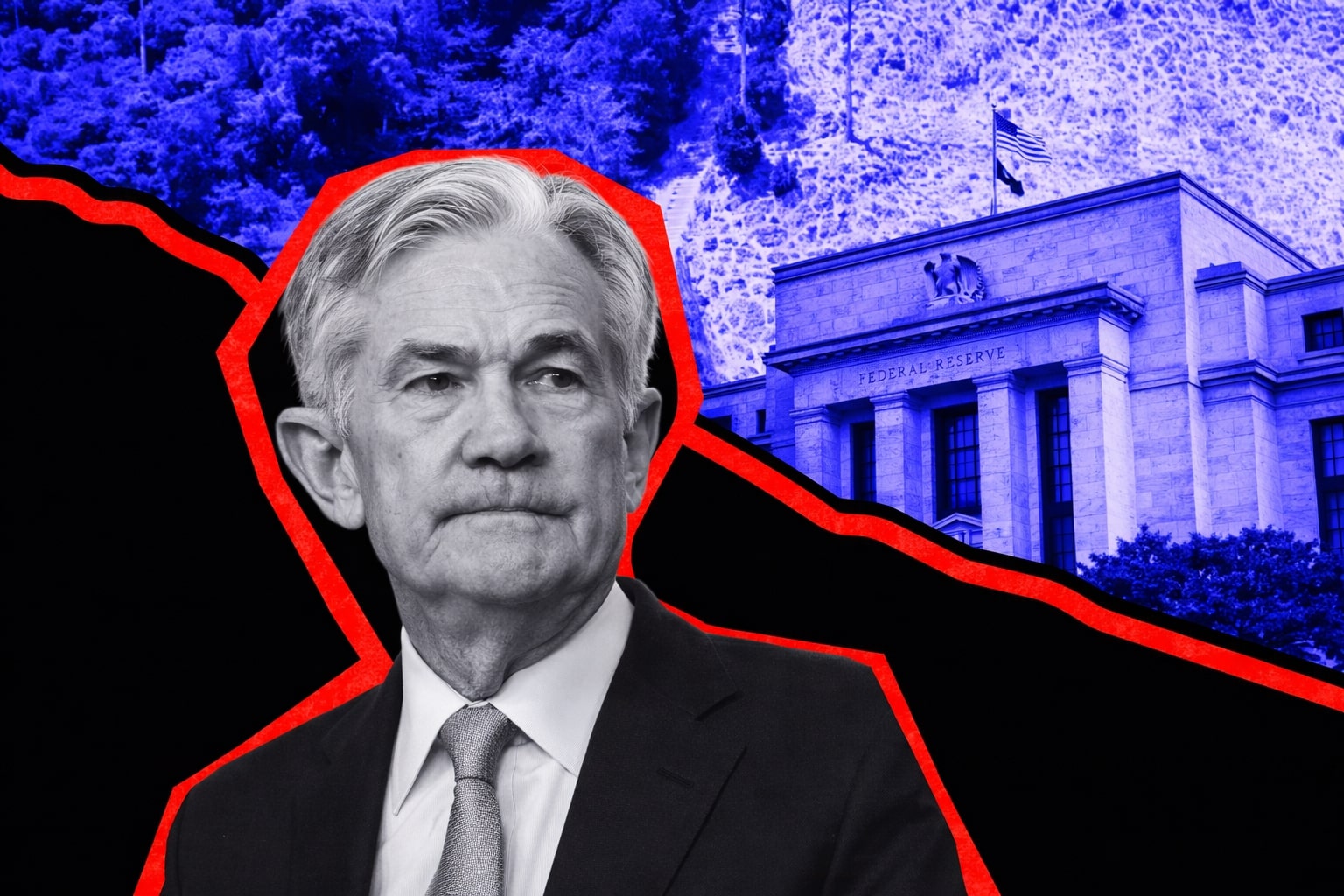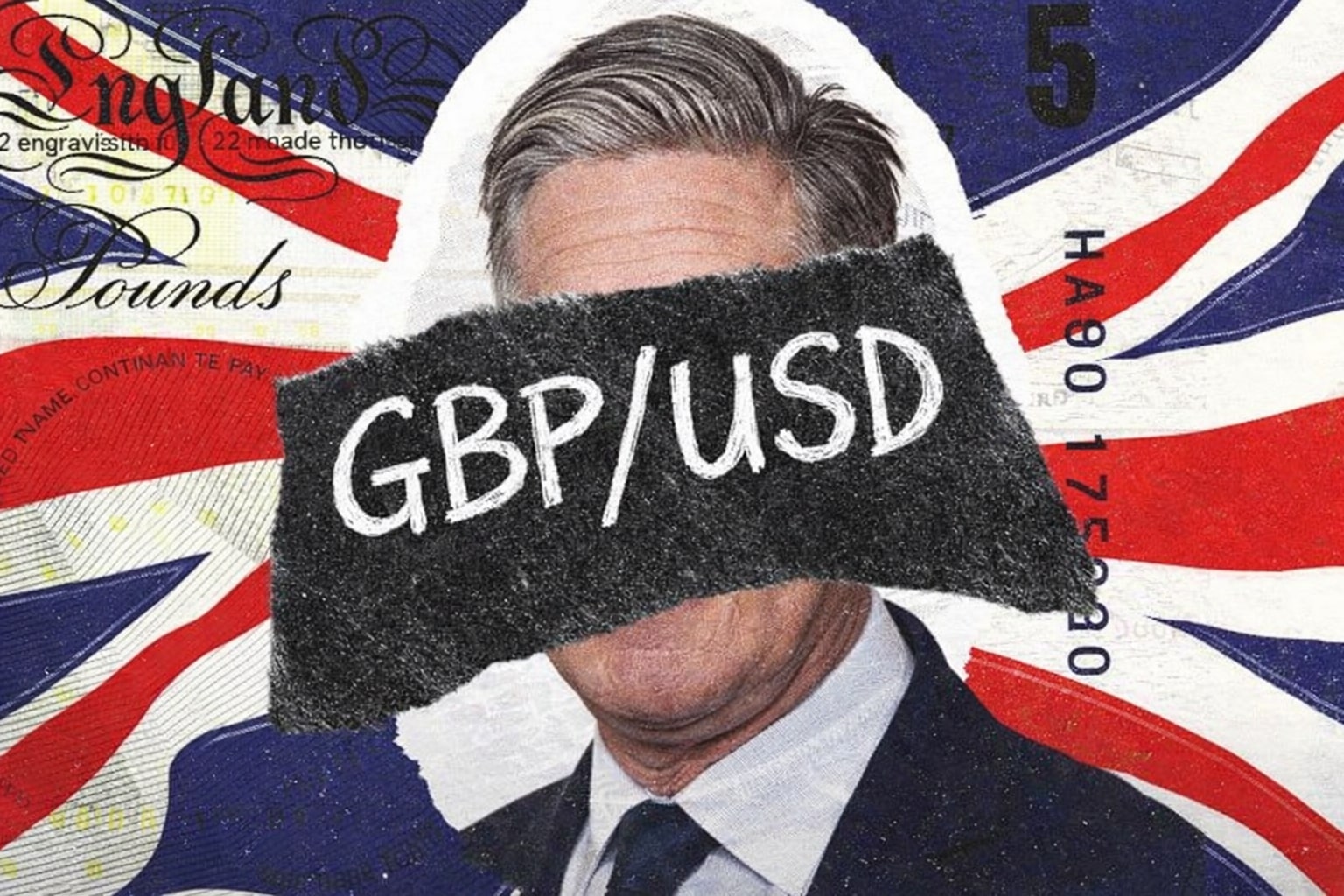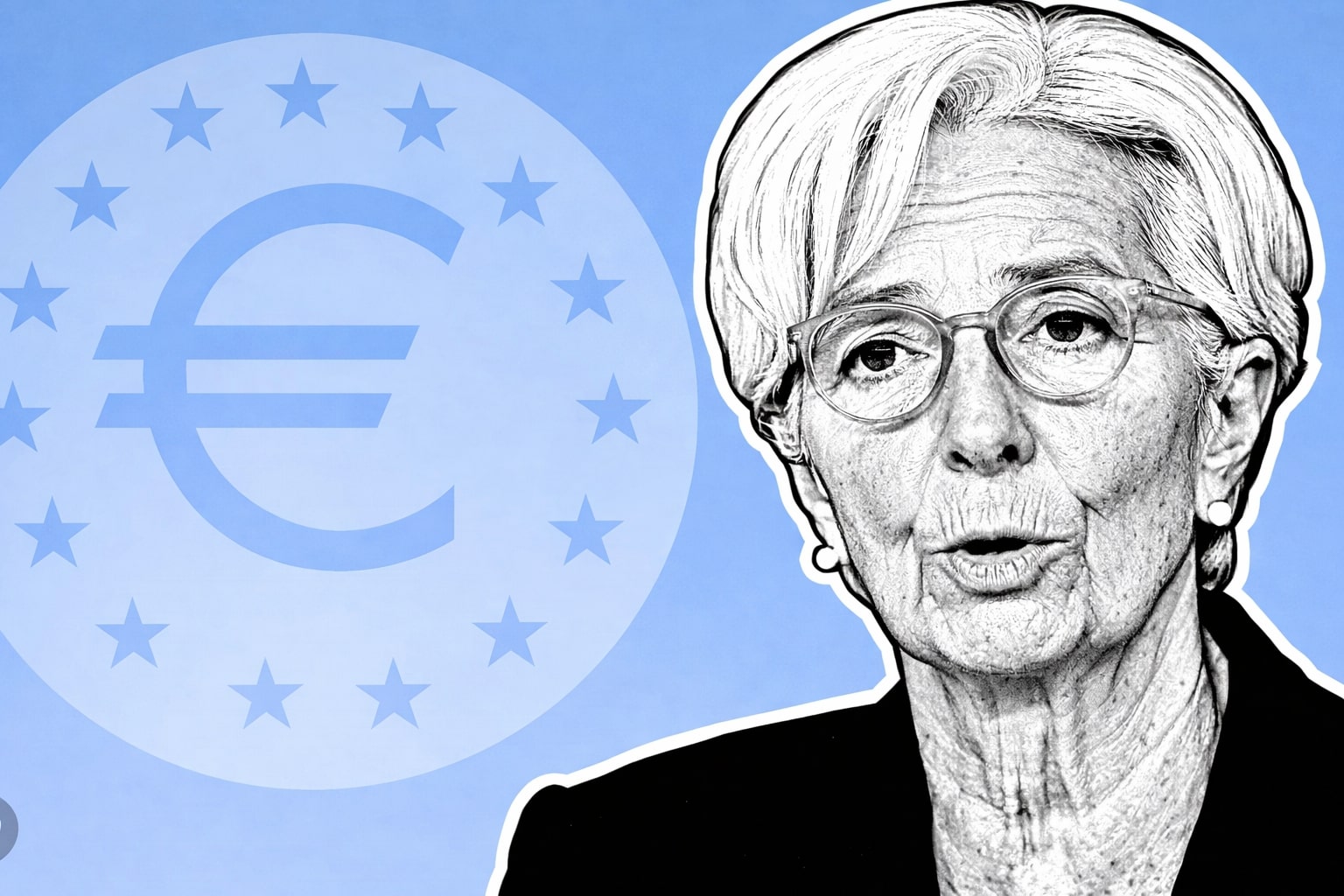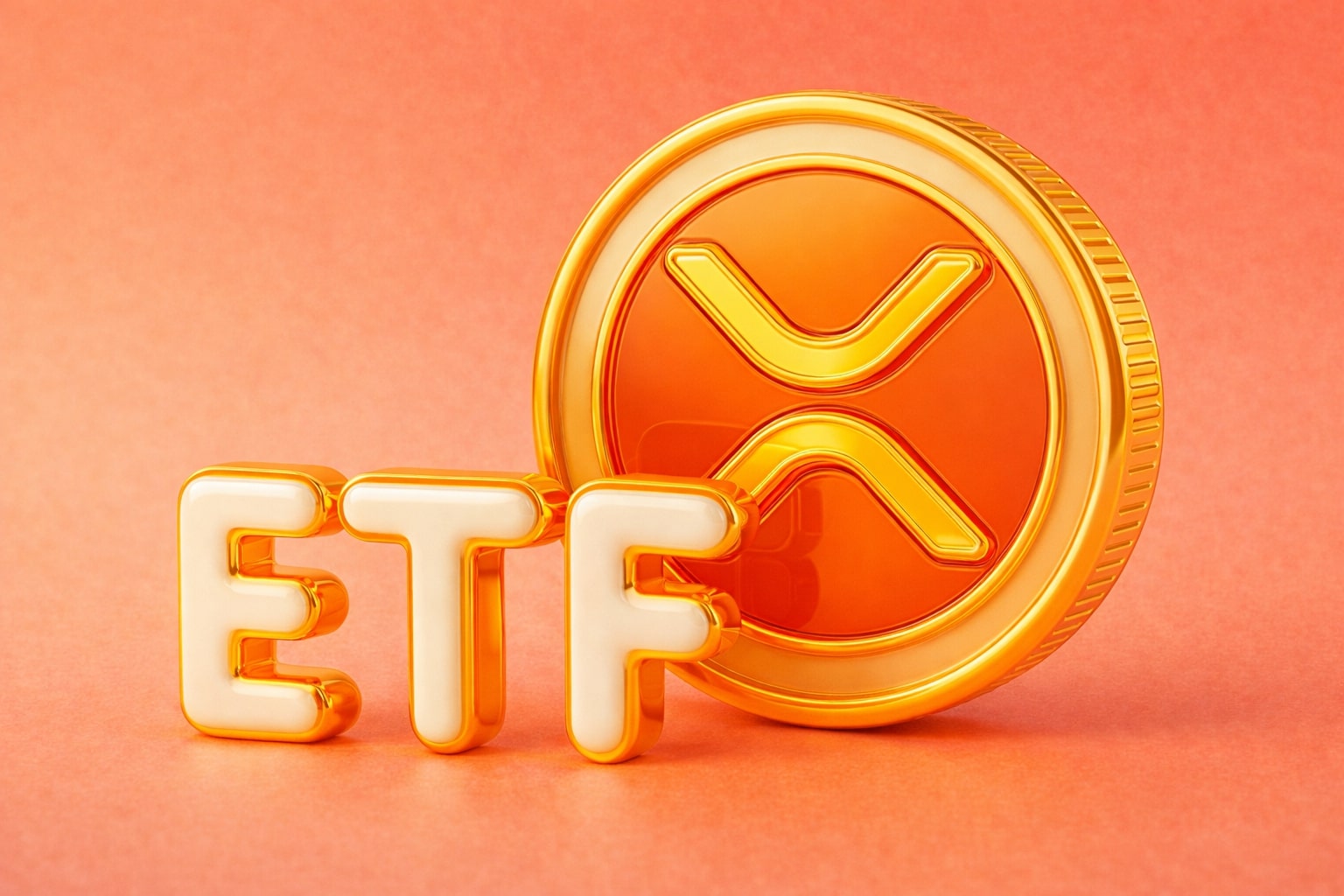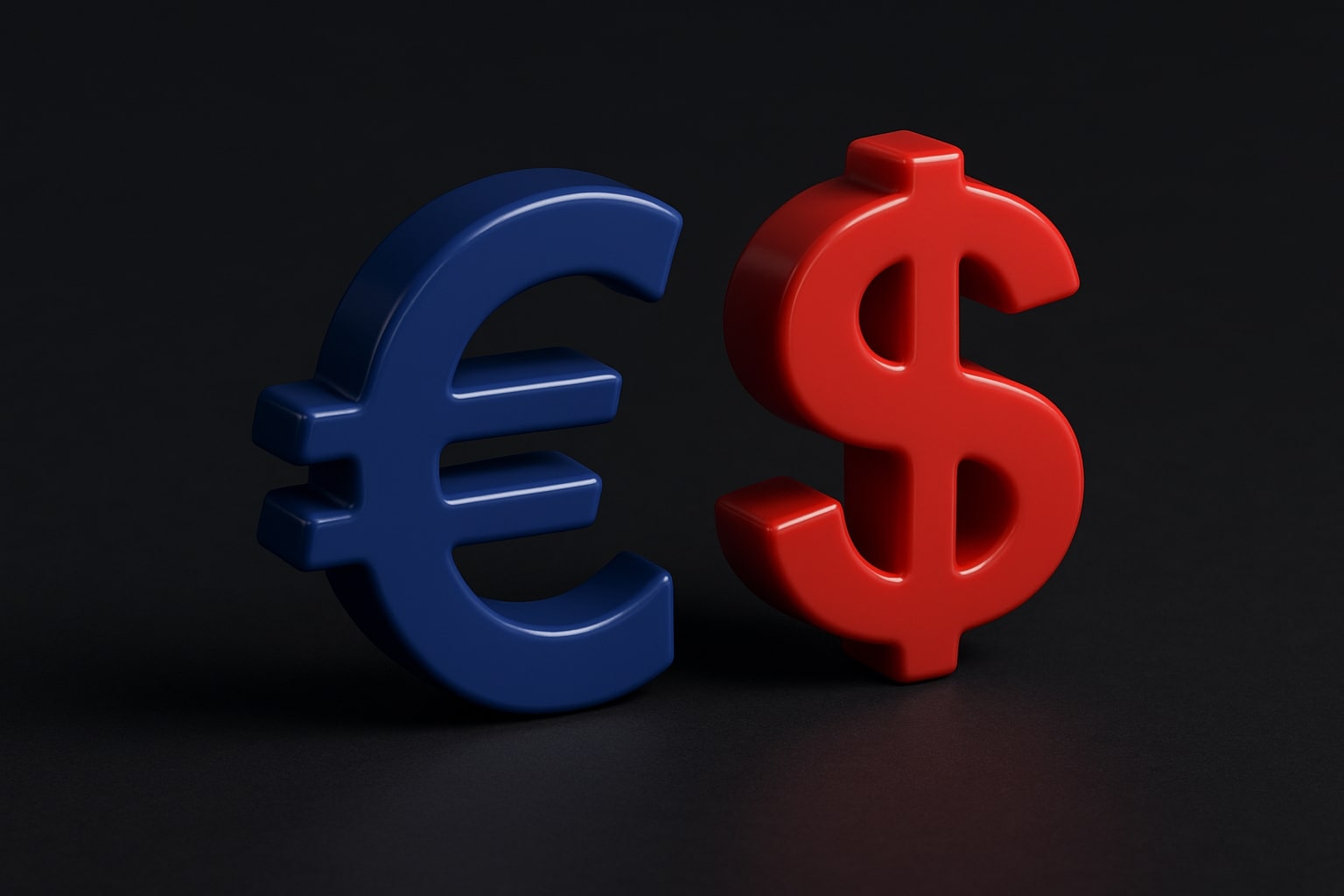
EUR/USD Struggles to Break 1.1725 as Fed Split and Tariffs Fuel FX Turbulence
Euro Gains Fade Near 1.1700 Despite Dovish Fed Talk and Weakening Dollar Momentum | That's TradingNEWS
EUR/USD Teeters Above 1.1600 as Dollar Strength Clashes With Rate Cut Bets
The EUR/USD pair is locked in a volatile holding pattern above 1.1600 as both euro bulls and dollar buyers attempt to assert dominance. Despite breaking down from the July 1st high near 1.1840, the pair has found temporary equilibrium around the 1.1625 zone, fueled by conflicting macro signals from both sides of the Atlantic. The US Dollar Index (DXY) is stabilizing above its long-held support at 97.70, while failing to breach critical resistance at 98.55, keeping the greenback in a tactical limbo. Meanwhile, EUR/USD failed to reclaim the 1.1725 zone on rebound attempts last week, printing a quick drop back to 1.1620 — a signal of how fragile sentiment has become.
ECB Dovish Lean Grows While Internal Split Limits Momentum
The European Central Bank appears increasingly tilted toward policy easing, with senior officials like Panetta, Centeno, and Vujčić signaling readiness to cut rates in the face of deteriorating growth. Fabio Panetta openly cited downside risks while Mario Centeno and De Guindos warned of a fragile recovery path. Still, resistance inside the Governing Council is firm, with Isabel Schnabel and Robert Holzmann calling for patience and holding rates steady. The ECB decision this week is unlikely to result in a cut, but any accompanying language will be dissected for signs of consensus softening. For EUR/USD, the lack of unified dovish resolve in Frankfurt has undermined upside potential despite falling US yields.
Fed Mixed Signals and Tariff Uncertainty Whipsaw EUR/USD Traders
Across the Atlantic, Federal Reserve members continue to speak with split tongues. Governor Waller has expressed cautious support for a July rate cut, citing a softening labor market and easing inflation expectations, while simultaneously holding back from committing ahead of the next FOMC. In contrast, Chicago Fed President Goolsbee flagged a rising risk of inflation resurgence tied to the White House’s newly enacted tariffs, advocating more patience before rate adjustments.
Trump’s tariff stance is again injecting volatility into EUR/USD, not because of direct eurozone exposure, but because its inflationary effect complicates the Fed’s reaction function. Tuesday’s CPI showed headline inflation climbing toward 3%, while core inflation also firmed. This forced markets to partially price out near-term rate cuts, sending the dollar higher and EUR/USD below key support at 1.1660 during the session.
Consumer Sentiment Rebounds but EUR/USD Stalls Below 1.1700
The University of Michigan’s July reading showed a jump in consumer sentiment to 61.8 from 60.7, beating the 61.5 consensus. One-year inflation expectations dropped to 4.4% from 5%, and five-year expectations fell to 3.6% from 4%. The data confirmed improved sentiment and waning inflation pressures, supporting a dovish Fed thesis — yet it failed to lift EUR/USD past 1.1700. Traders appear unconvinced the Fed will act fast enough to weaken the dollar. Retail sales strength and firm housing data reinforce that hesitation.
Technical Roadmap: Key Zones Between 1.1497 and 1.1725 Define Bias
Technically, EUR/USD remains inside a choppy band with soft bullish bias. The pair trades above its 20-day SMA but below the 50-day, hovering around 1.1626. Resistance zones are layered at 1.1650, 1.1692 (20-day SMA), and 1.1725. Clearing these opens up 1.1800 as the next major level. On the downside, support sits at 1.1600, then 1.1550 and 1.1497 (50-day SMA). A sustained drop below 1.1497 would be structurally damaging and likely trigger stops down to 1.1266 — the 100-day average.
RSI momentum remains weak, trending sideways with bearish divergence, implying indecision but no breakdown — a rare moment of neutrality in an otherwise noisy pair.
Speculative Pressure Grows as Institutions Hesitate to Rebuild EUR/USD Exposure
Institutional flows into EUR/USD remain cautious. Large speculative players were seen scaling back long exposure above 1.1700 in early July, while some attempted to catch bounces after the reversal from 1.1840 failed. However, financial institutions appear reluctant to chase upside aggressively, citing the murky Fed-White House standoff and lack of ECB decisiveness. The speculative price band for the next week lies between 1.15875 and 1.17300, with short-term rallies likely met with selling unless a clean break above 1.1750 materializes.
Market Reaction to Trump’s Powell Threat Offers Clarity on EUR/USD Behavior
President Trump’s floated threat to fire Fed Chair Jerome Powell shook markets briefly midweek, offering a textbook case of EUR/USD reaction to political noise. Stocks rebounded sharply as rate cut hopes revived, and the dollar stalled, allowing EUR/USD to recover from intraday lows. But the pair quickly gave up those gains, reaffirming that any USD softness tied to politics remains fleeting without firm policy guidance from the Fed. For EUR/USD, this confirmed that the market demands more than rhetoric to build conviction — it needs action.
Final Bias for EUR/USD: Tactical Hold with Cautious Bullish Leaning
Given the balance of macro data, technical structure, and central bank tone, EUR/USD is in a coiled state with limited short-term edge. Bulls need a confirmed break above 1.1725 and sustained closes over 1.1750 to validate upside into the 1.1800–1.1840 zone. Conversely, a drop through 1.1550 and 1.1497 would likely invite heavy pressure toward 1.1266. The July PMI data, ECB language, and next week’s Fed commentary will dictate breakout direction. Until then, this is a Hold, with a slight upside bias as long as 1.1580–1.1600 support holds firm.
That's TradingNEWS
Read More
-
UCO ETF Price Forecast: Can NYSEARCA:UCO at $18.57 Ride a 2026 Oil Squeeze?
18.12.2025 · TradingNEWS ArchiveStocks
-
XRPI at $10.50 and XRPR at $14.93 Hit XRP ETF Lows While XRP-USD Holds $1.84 After 30 Days of Inflows
18.12.2025 · TradingNEWS ArchiveCrypto
-
Natural Gas Price Forecast: Henry Hub Holds Around $4 as EIA Draw Hits 167 Bcf
18.12.2025 · TradingNEWS ArchiveCommodities
-
USD/JPY Price Forecast: Pair Holds Above 155 As BoJ And US CPI Set Up A Major Break
18.12.2025 · TradingNEWS ArchiveForex














